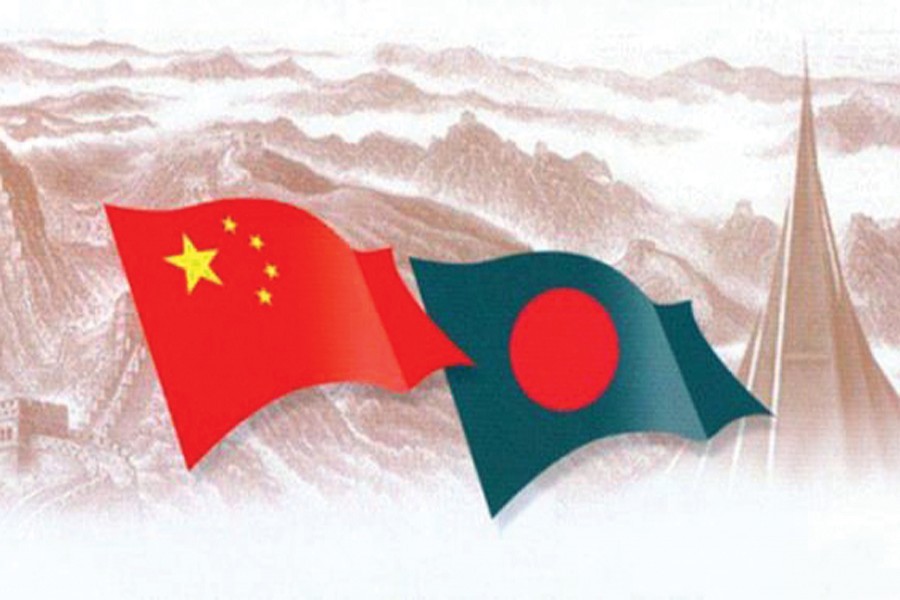Bangladesh has finally decided to sign a 'letter of exchange' to enjoy duty-free and quota-free (DFQF) market access on 97 per cent tariff lines in China, trade officials have said.
But to avail of the facility, Bangladesh will have to drop the benefits it now enjoys in the Chinese market under Asia-Pacific Trade Agreement (APTA), they added.
The Ministry of Commerce (MoC) at a recent inter-ministerial meeting took the decision in presence of the major stakeholders.
The meeting was told that the DFQF facility is more beneficial for Bangladesh than the facility given under APTA.
According to officials, China offered DFQF facility of its 60 per cent tariff lines to all the least developed countries (LDCs) in 2010 under the sixth ministerial council declaration of the World Trade Organisation (WTO), held in Hong Kong in 2005.
Later, it extended the facility to 97 per cent tariff lines for the LDCs that had signed the letter of exchange with it by 2015. In this case, Beijing mentioned that LDCs who are supposed to sign the letter of exchange would not be eligible for any further benefits under any other multilateral or regional pacts in the Chinese market.
The LDCs that had signed the letter of exchange after the deadline were granted DFQF facility for 95 per cent tariff lines. As Bangladesh and Mauritania did not sign such a document, the two countries are entitled to get DFQF facility for 60 per cent tariff lines.
The meeting was further told that Bangladesh is likely to graduate to a developing country by 2024. Thus there is a scope to enjoy the DFQF facility for six more years. After graduation to a developing country, Bangladesh will be able to enjoy benefits under APTA since Bangladesh is not leaving the regional trade bloc.
It was informed in the meeting that for availing of DFQF facility, the minimum value addition requirement is 40 per cent while under APTA the requirement is 35 per cent. Representatives of different business groups opined that 40 per cent value addition is now possible for Bangladeshi exporters to get the DFQF facility.
Trade officials said instead of signing the 'letter of exchange' Bangladesh had long been arguing that APTA is a different regional forum while the WTO is a multilateral forum. China cannot tag one facility with another 'and that is in one sense a violation of WTO rules'.
They said at one stage, Bangladesh sought DFQF facility for 17 more products including polymers of ethylene, gloves, chemical fibres, silk or silk waste, synthetic fibres, menswear, wiping cloths, dishcloths, short boots, leather or leather outer soles of footwear, uppers and parts thereof, lead acid batteries for starting piston engines, and other lead acid batteries.
Bangladesh considered that inclusion of these products in DFQF list could serve its purposes and most of its major export items can enjoy the benefit. However, China did not entertain Bangladesh's request rather pushed for signing the letter of exchange to enjoy the facility.
Later, the MoC asked the Bangladesh Tariff Commission (BTC) to study the comparative benefits for DFQF and APTA which later found DFQF treatment is a better option for Bangladesh. Bilateral trade between Bangladesh and China has reached nearly US$ 11 billion. Bangladesh's import from China stood at $ 10.19 billion in the fiscal year 2016-17 while export to the world's second largest economy stood at $ 949.41 million in the same fiscal year.


